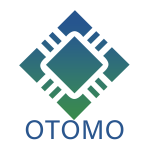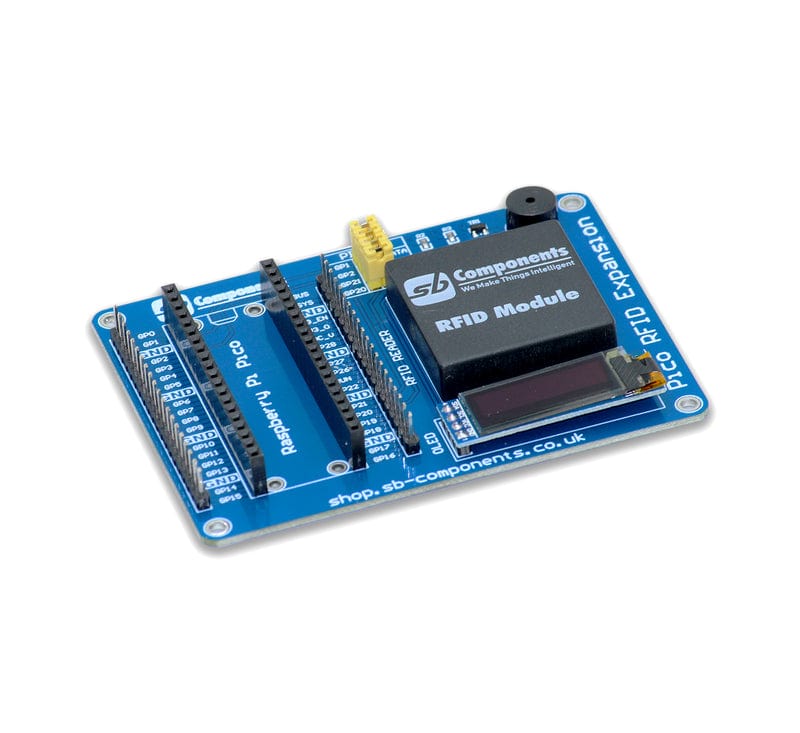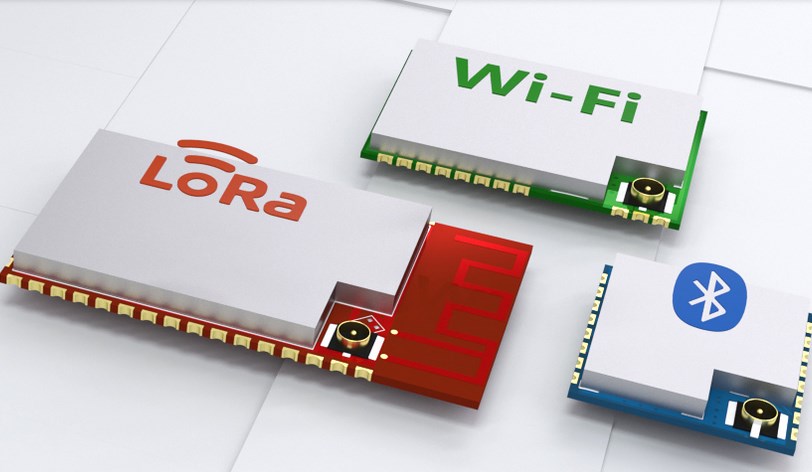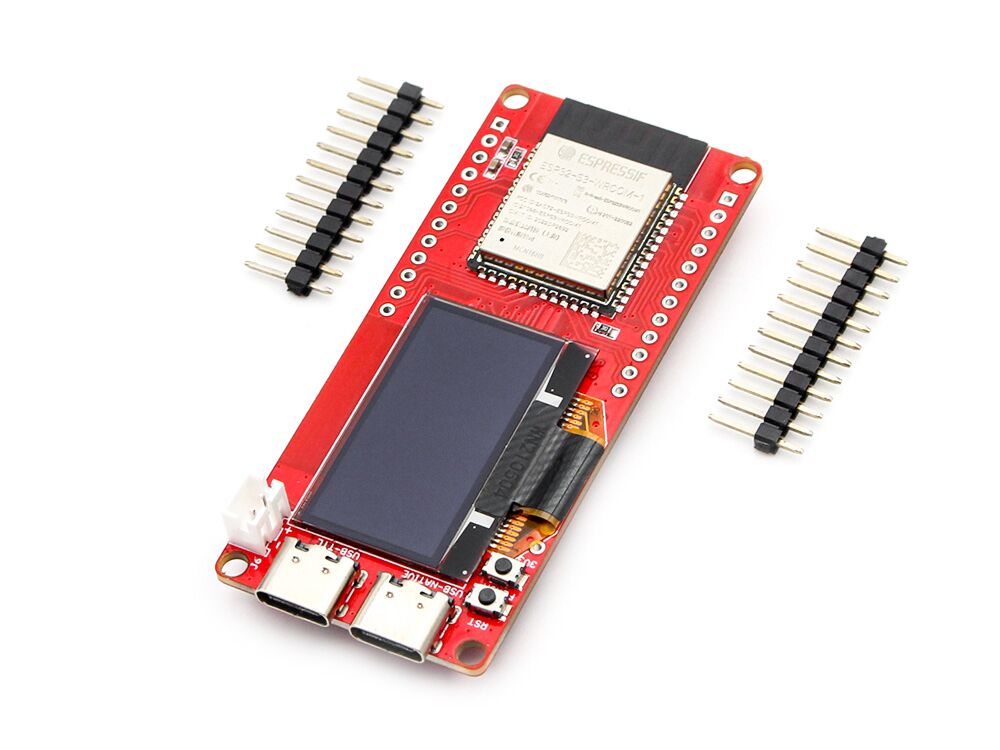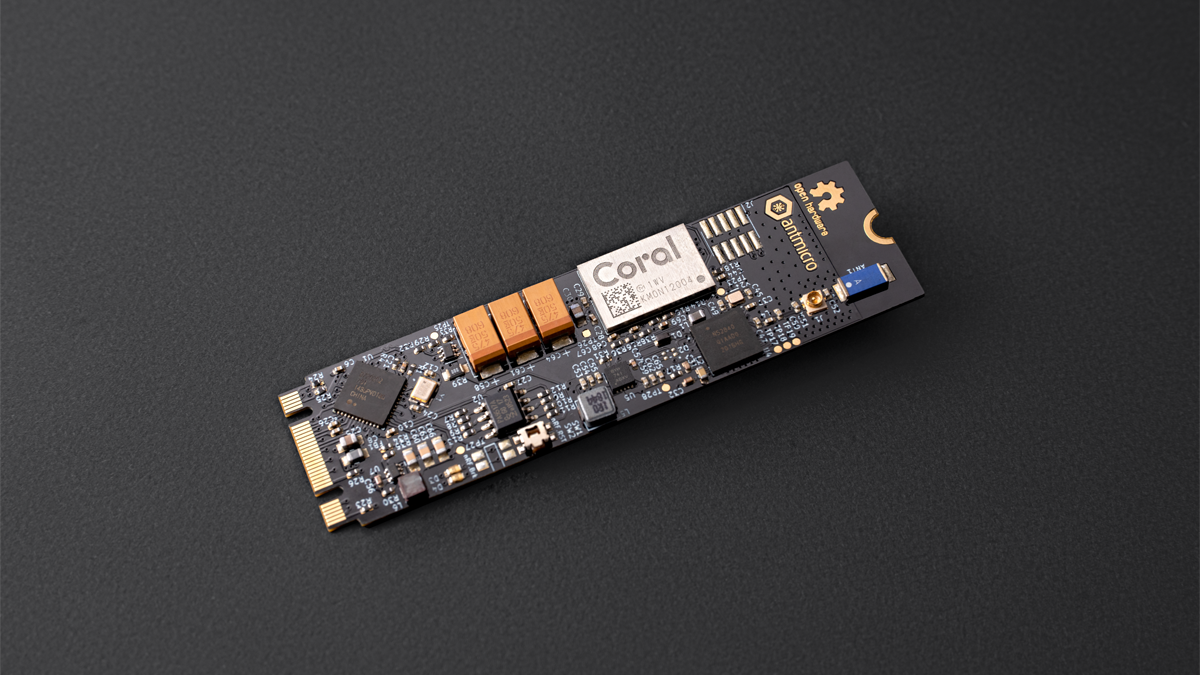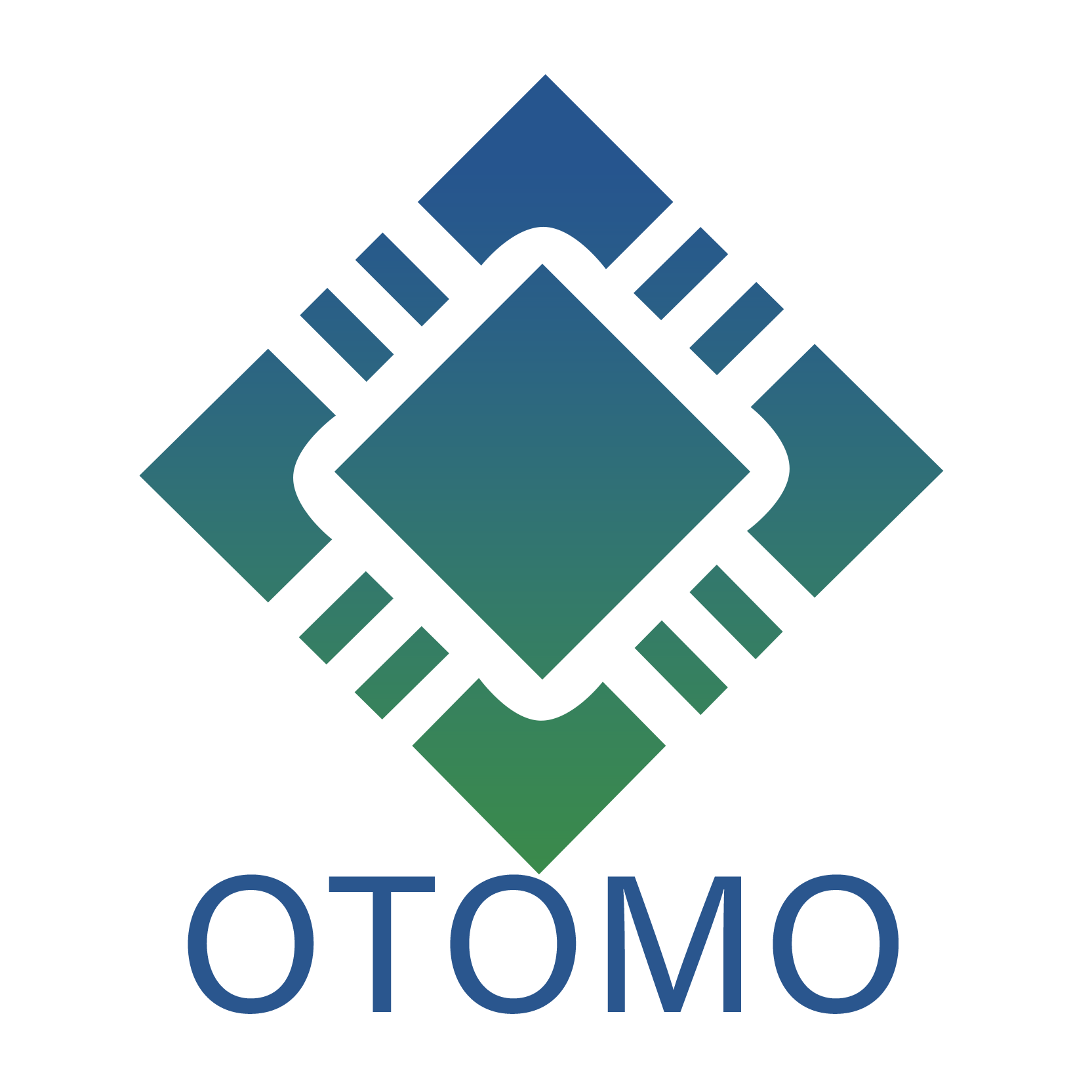Scalable LoRaWAN Modules for Smart Cities and IoT Deployments
Smart cities and IoT ecosystems need scalable, low-power communication to handle millions of devices. Traditional wireless systems often struggle with achieving long-range coverage, low energy consumption, and cost-effective deployment. This is where LoRaWAN Modules play a critical role. These modules enable long-range, low-power communication, facilitating efficient data transfer for various applications, including urban infrastructure, agriculture, logistics, and industrial IoT. By adopting scalable LoRaWAN solutions, cities and enterprises can deploy reliable networks that deliver measurable outcomes.
Rising Demand for IoT Scalability
IoT device adoption is accelerating. According to IoT Analytics, the global number of connected devices reached 16.7 billion in 2023 and is expected to exceed 29 billion by 2030 (IoT Analytics). Many of these devices require long-range wireless connectivity with low energy use. LoRaWAN Modules address this demand by supporting high device density, low deployment costs, and interoperability across ecosystems. For example, in Barcelona’s smart city deployment, over 19,000 IoT sensors monitor waste, parking, and air quality—many of which utilise LoRaWAN to ensure coverage with minimal power consumption.
Advantages of LoRaWAN Modules in Smart Cities
Cities face challenges in connecting streetlights, meters, and traffic systems. LoRaWAN Modules enable coverage of up to 15 kilometres in rural areas and 2–5 kilometres in dense urban environments, providing reliable links where Wi-Fi or LTE may fail. Their low power consumption enables devices like parking sensors to last over 10 years on a single battery, thereby reducing the need for replacement costs. Amsterdam’s IoT Living Lab has used LoRaWAN Modules to track bicycles and monitor canals, proving their value in scaling cost-efficient intelligent city networks (The Things Network).
Industrial IoT and Logistics Adoption
LoRaWAN Modules are not only for cities but also for industrial and logistics sectors. DHL has tested LoRaWAN-enabled trackers for pallet monitoring, improving real-time visibility in warehouses and supply chains. In agriculture, French farmers have utilised LoRaWAN Modules to monitor soil conditions and irrigation systems, achieving 20% water savings in pilot projects. These case studies demonstrate that scalable LoRaWAN deployments can enhance efficiency across various industries.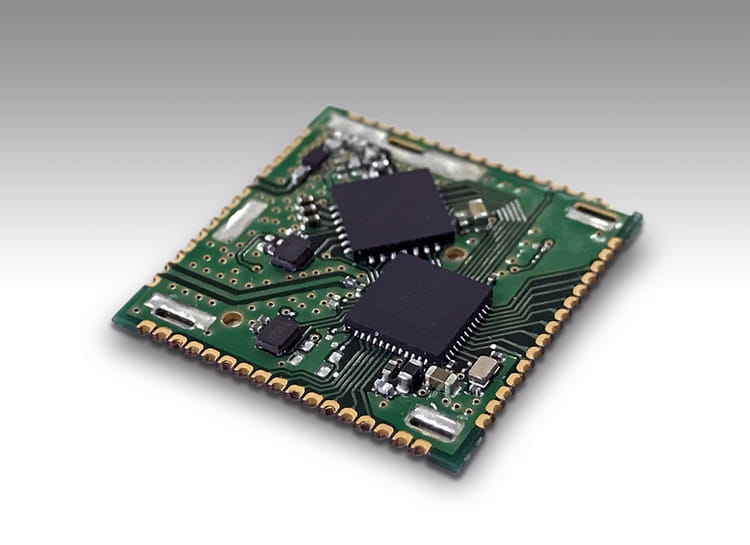
Security and Network Management
Scalability requires robust security. LoRaWAN Modules use end-to-end AES128 encryption to protect transmitted data. Additionally, they support adaptive data rate (ADR) to optimise network performance automatically, balancing energy use and throughput. Large-scale deployments in India’s innovative metering projects demonstrated that over 5 million smart meters can securely transmit consumption data via LoRaWAN, reducing billing errors and improving transparency (TechCircle). Proper network management combined with module-level security ensures scalability without compromising data integrity.
Market Trends and Growth Outlook
The LoRaWAN market is expanding rapidly. MarketsandMarkets projects that the LoRaWAN market size will grow from US$6.1 billion in 2022 to US$25.5 billion by 2027, at a CAGR of 32.4%. This growth is driven by demand for scalable connectivity in utilities, healthcare, agriculture, and manufacturing. LoRaWAN Modules remain the foundation of this expansion because they reduce development complexity for OEMs while ensuring compliance with LoRa Alliance standards. Manufacturers are now focusing on multi-band LoRaWAN Modules to meet global spectrum regulations and support cross-regional deployments.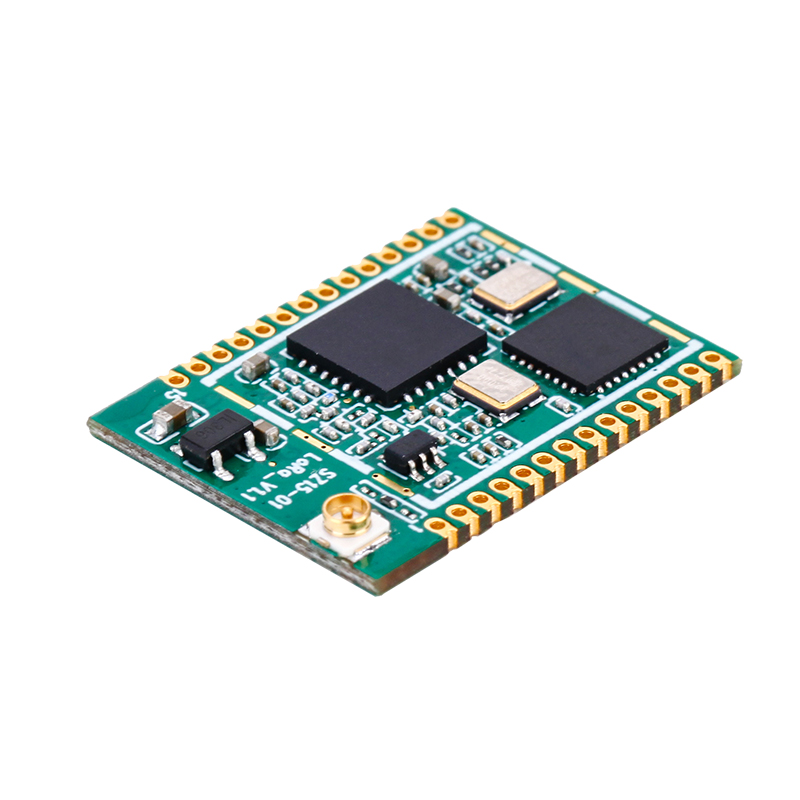
Design Considerations for Scalable Deployments
Deploying thousands of devices requires careful design. Engineers should evaluate gateway density, module sensitivity, and interference management. Scalable LoRaWAN Modules with integrated power amplifiers and low-noise receivers enhance range and reliability in dense environments. For example, smart streetlight deployments in Los Angeles integrated LoRaWAN Modules with motion sensors to cut energy consumption by 63% through adaptive lighting schedules (IoT For All). Selecting modules with OTA update capability further ensures long-term scalability and reliability.
Building Future IoT with LoRaWAN Modules
Scalable IoT depends on reliable connectivity, and the LoRaWAN Module delivers this at scale. From Barcelona’s smart city infrastructure to agricultural efficiency projects in France, real-world deployments prove their effectiveness. With strong market growth, security features, and global adoption, LoRaWAN Modules will remain essential for connecting billions of devices. As cities and industries demand scalable, low-cost solutions, LoRaWAN will continue to lead in powering innovative, sustainable, and efficient IoT ecosystems.
